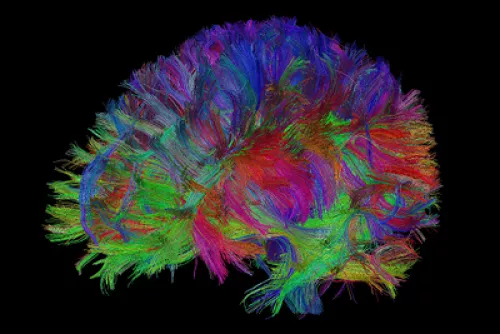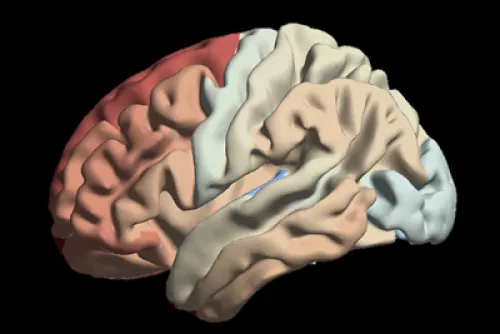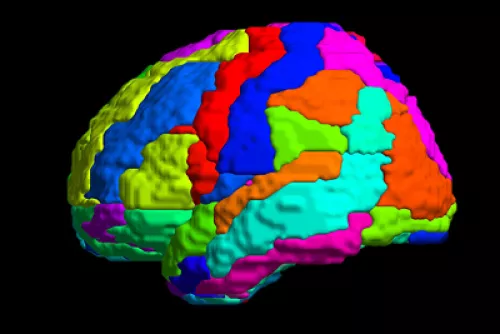Our lab focuses on developing graph-based models for dementia and brain activity. We also aim to develop advanced computational models for visualization, analysis, quantification, and processing of medical imaging data, especially neuroimaging. We are a young, energetic, and diverse team that welcomes new ideas and collaborations, while providing an exceptional multi-disciplinary research environment with excellent training opportunities.
Technologies, Data, & Techniques
A mix of biophysical modeling (mathematical) and machine learning (statistical) models are applied to and tested on empirical data on human and mouse brain imaging. We are especially interested in the progression of tau and amyloid pathology in the brain, insofar as it is governed by the brain’s structural connectivity network. We have vast amounts of neuroimaging and other datasets on Alzheimer's, Parkinson’s and other dementias. All our projects involve biophysical computational modeling. We code in Python and MATLAB. For AI/ML pieces we use PyTorch. For mathematical modeling we typically use either MATLAB or Python.
Network Neuroscience
An important development in neuroscience research has been a shift from asking the question “Which brain regions activate?” to “How are brain regions connected?” This fundamental shift has ignited the field of network neuroscience, which studies the brain as a network of structurally connected regions (i.e., bundles of neurons being physical connections in space) and as a network of functionally connected regions (i.e., brain regions that activate together in time).
A wonderful thing about studying the brain as a network is that we can leverage the full power of other mathematical and scientific fields, such as Graph Theory and Network Science. These fields can prove many amazing things about networks that we can apply directly to the brain.
Computational Modeling From Microscale to Macroscale
Our lab frequently uses a specific subdiscipline in mathematics called Spectral Graph Theory (or ‘Graph Signal Processing’), which describes how signals traverse a network. This framework makes a lot of sense because that is exactly what the brain does—it sends signals through a network. But Spectral Graph Theory can describe more than just signals. It can also describe how other things spread through a network, like how plaques that cause Alzheimer’s Disease spread throughout the brain.
These techniques for studying the brain are especially powerful because they are also simple in the sense that we can write specific closed-form equations that describe how these signals (or plaques) traverse the network. However, because the brain has an immense diversity of neurons and glial cells, a crucial factor to understand this spreading relationship is to also model the distribution of cell-types throughout the brain.
The primary goal of our research is to use these mathematical and network science techniques to computationally model the brain so that we may predict the development of different diseases (e.g. Alzheimer’s Disease, Parkinson’s Disease, Schizophrenia, Depression, Tinnitus) as well as characterize the state of healthy brains and their development.
Research Projects
Structure-Function Relationships
We’re discovering the relationship between the brain’s anatomy and the brain’s function – exploring how subtle and complex mechanisms form a network of signals traveling through the brain.
Cell-Type Mapping with MISS and Downstream Applications
Determining how the brain is organized at the single-cell level – a quantum leap in our ability to discern the structural and functional organization of the brain.
Machine Learning and Inference
Building the brain age model using machine learning approaches to multiple research fields, including Alzheimer’s Disease pathology, dementia progression, cell type analysis, and more.



